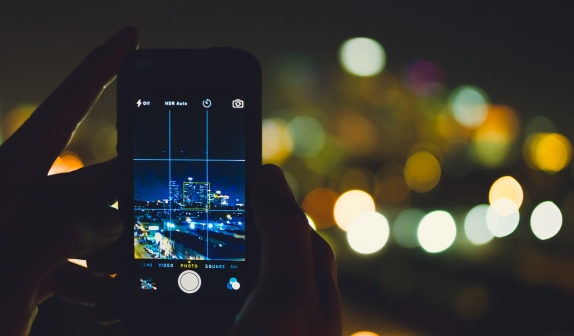
‘Techno-Stress’ is one of the disorders of our time, capable of causing a person to spend sixteen to eighteen hours a day with a smartphone in their hands. In fact, it is no coincidence, that digital detox was born in the United States, a practice that fights the disorder. It has been consolidated with a number of summer camps surrounded by nature where technology is banned and replaced by role-playing games, yoga and meditation.
Data, from a study conducted in the United States by Stanford University, confirm the alarming trend of this disorder: 70% of respondents say that losing their iPhone would be a real tragedy; 75% report that they sleep with technological equipment next to their beds, while 85% constantly monitor their phone. Most admit to seeing text messages, email and social networks in real time or every quarter of an hour, even in the dead of night.
“The problem is that this dependence starts out as being pleasing” says Serenella Salomoni, a psychologist and psychotherapist. “In the sense that when you consult a smartphone, the brain receives a welcome boost by stimulating the production of endorphins that provoke addiction: in reality, it is a double-edged sword. On the one hand, it helps to feel good and on the other, it alters the production of melatonin, a substance that regulates the sleep cycle and rest.” So much so that the digital syndrome often gives rise to disorders such as insomnia (in 56% of cases), redness of the eyes (35%), headaches (22%), hearing problems (18%), irritability (9%) and shaky hands (5%).
Even wellness centres are adapting to offer guests digital detoxes. This entails, for instance, rooms without an internet connection, with plenty of psychological help to overcome the addition and specific massages featuring twenty-five minutes of pressure on the neck, shoulders, arms and hands (those body parts that are constrained in uncomfortable positions when looking at a monitor or handling a smartphone), in order to provide temporary relief from the stress provoked by technology.


